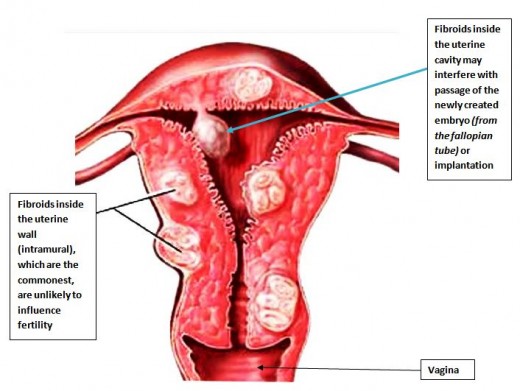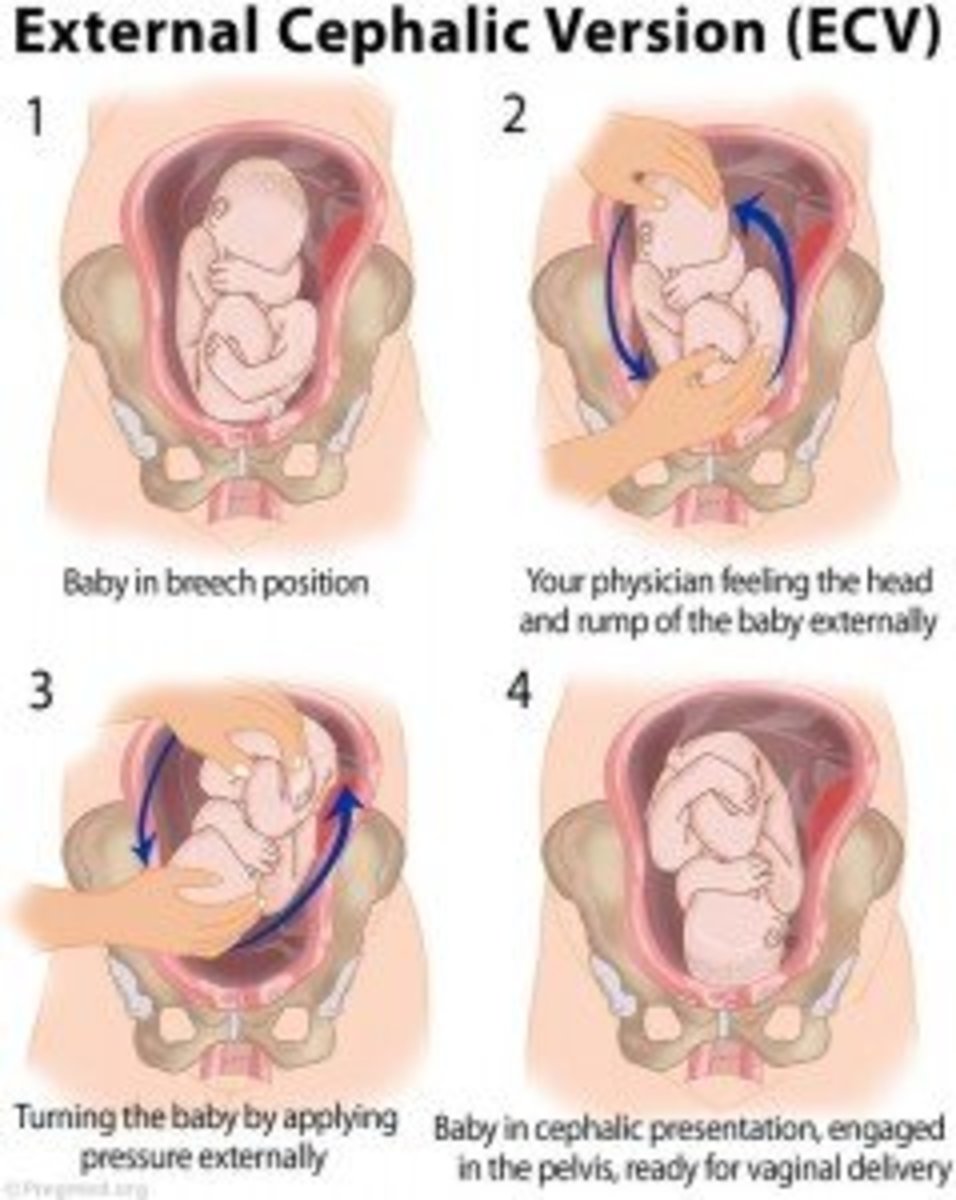Fibroids and Fertility
If you have fibroids, you have probably taken steps to get more information about the subject. Now; how many times have you encountered bold claims of ‘amazing natural cure which will make your fibroids shrink and disappear, restore balance and avoid unnecessary surgery’ or something along those lines? You don’t even have to search the whole web, just search here on Hubpages and I bet there is a great deal of such nonsense. Such promises can be tempting especially if you have such significant issues as sub-fertility or chronic pelvic pain to deal with. Give yourself a break; don’t suffer that as well as having your pocket picked.
Understanding fibroids
While the word tumour (tumor) conjures up images of cancer, the word actually simply means a ‘growth’ and most tumours are benign. Fibroids are benign tumours. A fibroid, also known as a myoma, is made up of muscle and fibrous tissue. Medically, a fibroid is classified according to where it is located in the womb. If it is jutting into the womb cavity (where the fetus grows), it is described as being ‘submucosal’, if it is inside the muscle layer of the womb, it is ‘intramural’ and if it is mainly sitting on the outer wall of the uterus, it is ‘subserosal’.
Fibroids, in typical fashion of benign tumours, grow slowly over a number of years fuelled by the estrogen hormone. It is extremely rare to see fibroids in the teens and not that common in the early 20s. Because of their slow steady growth, fibroids are usually diagnosed from the late 20s onwards.
Fibroid symptoms
In most cases, fibroids are completely symptom-free and are, more often than not, an incidental finding when the woman in question is being examined or has a pelvic ultrasound scan for an unrelated matter such as during pregnancy.
In some cases, fibroids could cause pain but this is quite uncommon. It is usually a result of a fibroid undergoing degeneration, a development which is rare.
Probably more common, in relative terms, are menstrual changes with increased menstrual loss and/or cramps during periods. Fibroids need to be of considerable size to cause this.
The much talked about lower back pain as well as pressure symptoms are largely a myth. Fibroids large enough to cause pressure symptoms (on the bladder etc) are rare and, because fibroids attain the large sizes over several years, the body adjusts to their size and the woman remains unaware of their growth. In a typical fibroid diagnosis, the affected woman is usually genuinely taken by surprise that she may have been walking around with something so big while remaining completely oblivious.
Fertility and Fibroids
If a woman has been trying to conceive without success over a long period of time and she seeks medical attention, one of the basic tests that will be offered is an ultrasound scan of the pelvis. This may lead to a discovery of a fibroid or even multiple fibroids. It may be tempting but not necessarily correct to conclude that the fibroids will be the reason behind the sub-fertility.
Whilst a fibroid may be significant for an odd individual with fertility problems, as a condition, fibroids contribute to fertility problems in less than 1 in 30 cases. In most cases, their presence is incidental and not contributory.
Submucosal fibroids
When the fibroid is inside the womb cavity, especially if of considerable size, it can interfere with implantation of the embryo. This can lead to early pregnancy loss, sometimes so early that the pregnancy may not even have been apparent to the woman. Such fibroids may be dealt with via keyhole (hysteroscopic) surgery. In proper hands, the surgery carries little risk. There is also a risk, albeit small, of causing scarring inside the womb, thereby compounding the very problem one was trying to solve. Such surgery should therefore not be approached lightly.
Sometimes fibroids inside the womb cavity are positioned in such a way that they partially block the tubal opening. This means there is a risk that the fertilised egg may find its way into the womb blocked. There is no reliable data as to how significant this type of finding is. It is, however, logical that when such fibroids are found, they should be removed.

Fibroids in pregnancy and delivery
It is quite common to find fibroids of varying sizes when examining or performing ultrasound scan on a pregnant woman. Most will not interfere with the course of pregnancy or delivery. However, in some cases, especially with fibroids inside the womb cavity (Submucousal), the fibroid may influence the way the baby lies inside the womb, forcing the baby in positions that are not compatible with a vaginal delivery. They can, therefore, increase the possibility of a caesarean delivery. Fibroids have also been implicated in some cases of heavy bleeding after delivery (post-partum haemorrhage). This is uncommon.
Not me, guv!
Fibroids are quite common. However, in most cases, they do not cause any health problems. In case of sub-fertility, they are occasionally found on routine examination/scans but focusing on such a finding is likely to be a waste of time because they are largely incidental. Talk of ‘natural cures’ for fibroids is likely to benefit only one party; the one selling the cure.



